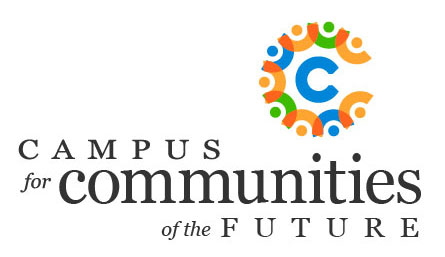It seems everyone these
days is talking about innovation or the lack thereof.
Although I was never exactly sure what it meant, the latest buzz
phrase seems to be “disruptive innovation”.
This past week, amidst the chatter surrounding the launch of the
new iPhone 5, I heard a pundit suggest that while the phone brought great new
features, it wouldn’t be considered disruptive.
Instead, he explained, it was the first iPhone launched in 2007
that would be considered disruptive technology — not because of its attributes
as a phone but rather because it provided access to e-mail thereby displacing
or disrupting the necessity of laptops.
 According to Wikipedia, a disruptive innovation is one that helps
create a new value and new markets and ultimately displaces an earlier
technology.
According to Wikipedia, a disruptive innovation is one that helps
create a new value and new markets and ultimately displaces an earlier
technology.
The term is used to describe innovations that improve a product
or service by introducing simplicity, convenience, accessibility, reliability,
and affordability, whereas before the product or service may have been
complicated, expensive, and inaccessible.
Apparently, the iPhone 5 is better described as a continuous
“sustaining innovation” because it isn’t going to create new markets but
instead is more about evolving existing ones to ensure better value.
Ford’s mass production of the lower priced Ford Model T is
another way to explain disruptive technology. Cars weren’t disruptive up until
then because they were quite expensive. As a result, horses remained the main
mode of transport until assembly lines made cars affordable and available to a
broader segment of the population.
Why is it important for the average person to understand
disruptive innovation?
It’s important because it’s happening faster and more often than
it ever has in the history of humankind. That means we all need to get really
good at being nimble and able to adapt to rapid changes.
For those resistant to change, things could get tough.
It’s hard to ignore the increasing number of examples of
disruptive technology that have changed our lives.
One of the first disruptive innovations I recall from my
childhood was the transistor radio.
Being battery powered meant we could take our radios with us —
thereby disrupting the need for plugged in music. Apple disrupted that
innovation with their iPod and again with iTunes which distributed and
monetized music. If the early attempts of tablet PCs were considered as an
existing market, Apple also had a major impact with their iPad.
Chances are Apple will do it again in the near future as they
are planning to enter the TV market.
 The World Book Encyclopedias that my parents scrimped and saved
to buy us have now been displaced by Wikipedia.
The World Book Encyclopedias that my parents scrimped and saved
to buy us have now been displaced by Wikipedia.
Other technologies such as Skype have replaced telephones which
themselves replaced telegraphs.
There are many disruptive innovations impacting education.
E-learning, ebooks, free learning via TED lectures and MIT, customizable
modular majors, and year round learning.
Innovative organizations like the Khan Academy are questioning
the idea of one size fits all learning and are, with their hundreds of
10-minute videos, providing a form of virtual tutoring that makes learning
affordable and simple for each and every student.
Disruptive innovation will also need to be applied to addressing
social needs to move beyond existing solutions and delivery models that aren’t
always as effective as they could be in creating sustainable, systems-changing
solutions.
To face the challenges of a constantly changing world, we are
all going to need to place a priority on seeing and seizing opportunities,
introducing new products, revamping operations, reprioritizing, and creating
new models.
We can’t lose sight of the fact that the future is already here,
and it’s up to us to focus on innovation not just to improve the bottom line of
companies but to help deliver and maximize individual, social, environmental,
and economic benefits.
